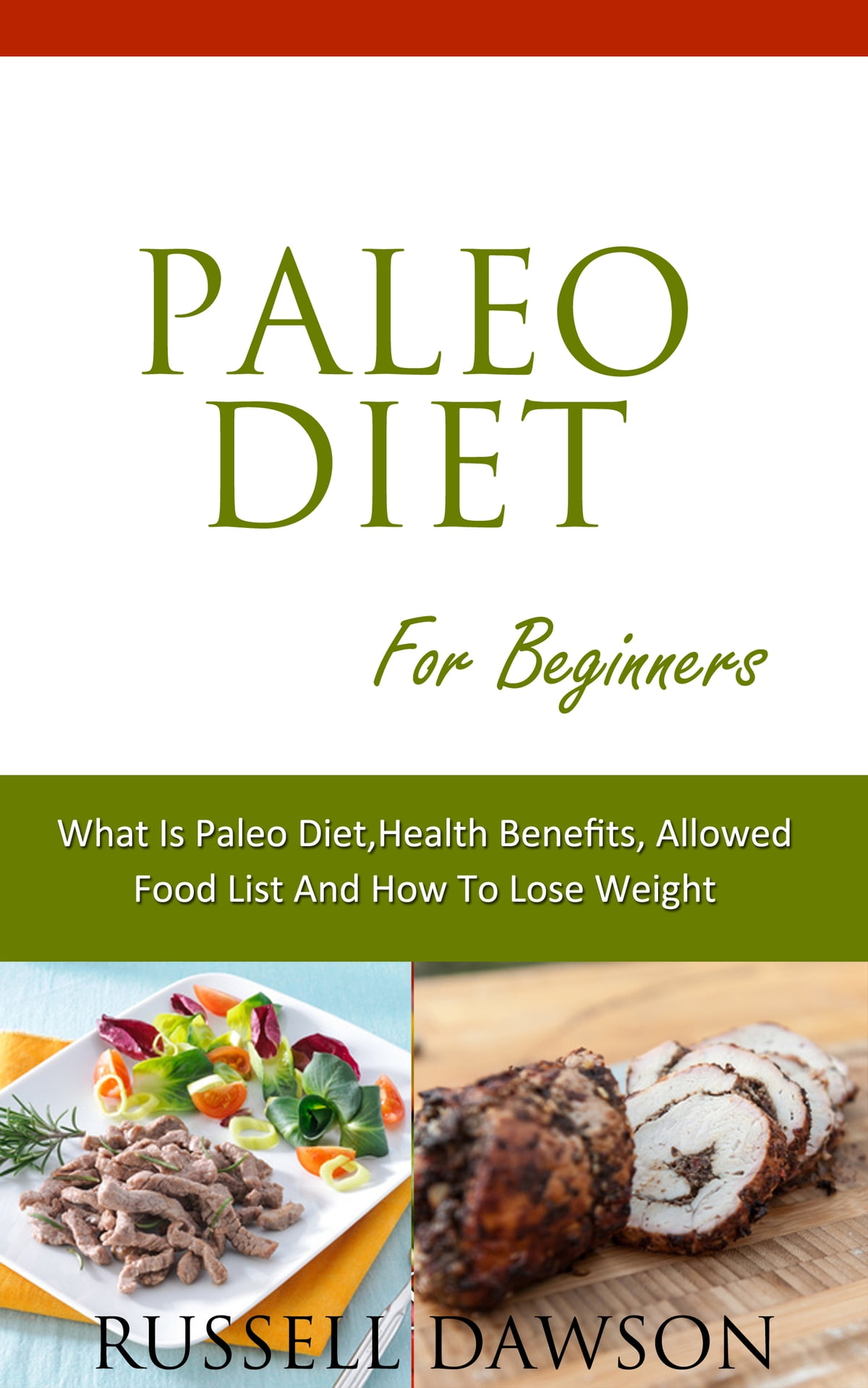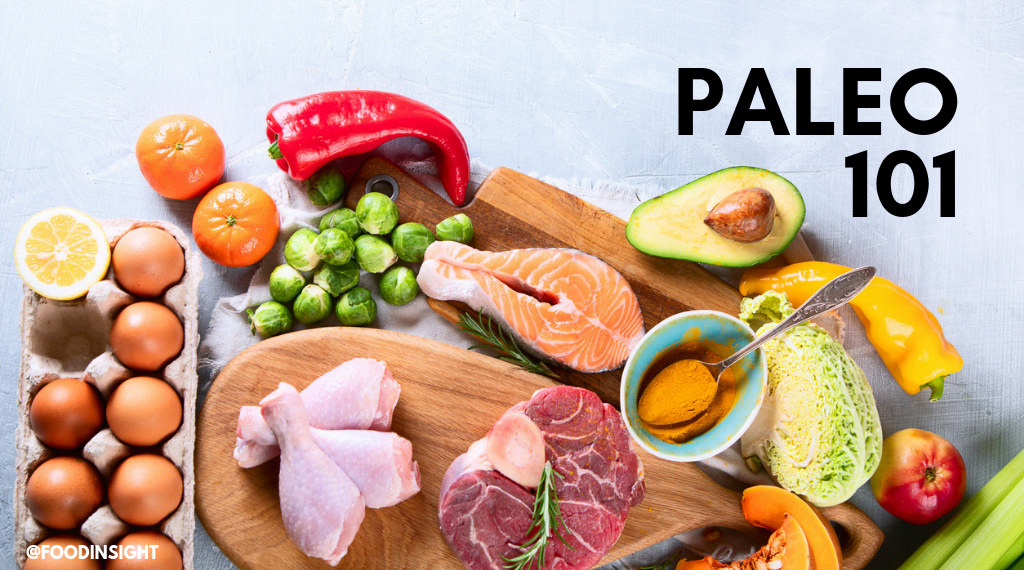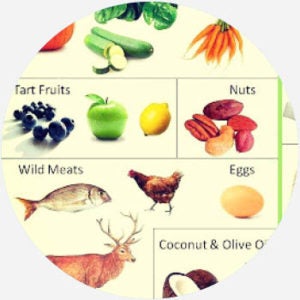
You might be curious about the Paleo diet and what you can eat. Here are some common items you should not consume to lead a healthier life. Common additives include aspartame, calcium sorbate, monosodium glutamate (MSG), nitrates, potassium bromate, saccharin, artificial sweeteners, and GMOs.
Processed foods
Processed foods are not found in nature. These foods are made in laboratories and often contain artificial preservatives and ingredients. Additionally, they lack the necessary nutrients, fiber, and protein. Those who follow a paleo diet will avoid processed foods. So what foods should you be avoiding? Learn more about the foods you should avoid when on a paleo diet.
Refined sugars
Refined sugars can't be consumed on a Paleo diet, and that means avoiding processed, refined, and table-top sugars. These products are high in additives and not good for the body. Refined sugars can be eaten in moderation and in very small quantities. Ezekiel bread is also available, which is made from grains, legumes and goat milk.
Phytic acid is found in grains

Phytic acid is a compound found in grains and other plants that interferes with our bodies' ability to absorb minerals. It is particularly problematic in countries with low levels vitamin A and iron. Paleo doesn't ban phytic, however. There are a few ways to minimize its impact. You can reduce its impact by sooking the grains and cooking legumes over a longer period of time. There is no right or wrong answer.
Vegetable oils
Although vegetable oils are an increasingly popular addition to modern cooking, are they healthy? They are rich in omega-3 fatty acids, but not the healthy ones that Paleo eats. Even if the vegetable oils are organic, well-sourced, cold-pressed and healthy, they still have unhealthy polyunsaturated saturated fats that can cause harm to your health. There are alternatives to these oils that you can use in your cooking.
Fruits
Apples are a staple food on the paleo diet. Apples are high in calories but very nutritious. An average-sized apple contains about 10 grams of sugar and more than 2 grams of fiber. Bananas and melons, while not being considered paleo foods, are much more nutritious than apples. You might want to add one of these fruits to the menu if you're serious about following a healthy diet.
Organic fruits
If you are on a Paleo diet, you should buy only organic, non-GMO fruits and vegetables. Organic produce will have fewer pesticides and trace chemicals. You can also opt for items with low pesticide residue such as the Clean 15 list from Environmental Working Group. Each year, the Environmental Working Group publishes lists that list the "dirtiest" or "cleanest" foods.
Meat

The first step when trying to eat a Paleo diet is to create a grocery list. This will ensure that you stick to your plan, and not wander off into the aisles of your grocery shop. A grocery checklist will keep you on the right track and help you find food that fits your paleo diet. These are some foods that you should avoid eating on Paleo.
FAQ
Can you be a self-taught cook?
You can learn to cook by yourself! The joy of cooking is something that everybody enjoys doing, no matter their skill level. If you're interested in learning how cook at home, then start cooking. Start small with things like making pancakes or spaghetti sauce for your dinner. Experimenting with new recipes is the best way to learn to cook. It's possible that you will make mistakes.
Cooking can take anywhere from a few hours to several months depending on the skill level. It's important to remember that cooking isn't just about following recipes. There are so many ways to prepare food.
How long does it take for you to learn to cook? How long do I need to learn to cook?
It depends on your level of skill. Some people are able to learn basic cooking skills in a matter of days. Others might take months or years before they feel confident enough to teach themselves how to cook.
The time it takes to learn how to cook will vary depending on who you are. One example is that someone who has never tried cooking before would likely take more time to learn than someone who cooks often. Different types of cooking require different amounts of experience. For instance, baking requires more knowledge than frying.
If you want to learn how quickly you can cook, you should focus on learning a specific technique. Once you are proficient in that technique, you can move onto the next one. You don't need to worry about how many days or weeks it took to learn how to cook. You can just keep at it and enjoy the process.
How do you store leftovers best?
Tupperware containers are great for storing leftovers. These containers are great for keeping food fresh and preventing odors from growing. They also keep foods warm longer. Frozen leftovers can be kept in freezer bags. When freezing food, place the bag inside another freezer bag so that air doesn't escape. Once the food is frozen place it in an airtight container, such as a zip lock bag.
How do you get hired as a Chef?
You must complete a degree in culinary arts to be able to apply for a job at the table as a professional chef. Next, you should join a professional association such as the American Culinary Federation (ACF). This organization provides certification exams and offers networking opportunities.
Do I need any special equipment to cook?
It doesn't take any special equipment or tools to learn to cook. The best tools will make cooking more enjoyable. To make pasta easier, you can use a knife to cut the pasta and a whisk to whip up egg whites to stiff peaks. Having the right tools makes cooking less intimidating and allows you to start faster.
Where can I find free online cooking lessons?
Many websites offer free cooking classes. YouTube is a great place to search for cooking videos. You can access thousands of recipes from some websites. Although you will have to pay a monthly fee for these sites, you can always try them for free for 30 consecutive days.
Is there any difference between a chef or a cook.
A chef prepares food to be served to others. A cook prepares meals for others. Although both jobs require you to prepare food, a chef is more involved in serving customers. This means that they may have to decide what dishes to prepare for their customers based on their preferences. The cook doesn't have to interact with customers. Instead, they ensure that the food tastes delicious before they serve it to others.
Statistics
- under 10 Kids have been taught that there is special food just for them, and Fiese says that 10 percent of kids will throw a tantrum if they don't get the food they want. (washingtonpost.com)
- On average, chefs earn $58,740 a year, according to the BLS. - learnhowtobecome.org
- In the United States, the category is estimated at $23.2 billion annually and is growing faster than the market. (washingtonpost.com)
External Links
How To
How to make an omelet that is perfect
Omelets are my favorite breakfast dish. How do you make them perfect? I've tried many different methods and recipes, but none of them seem to work! So I wanted to share some tips and tricks so that you can make delicious, fluffy omelets every morn.
When making omelets, it is important to be aware that eggs can be temperamental. The eggs must be fresh from an organic source and kept at room temperature until they are ready to be cooked. If you don't keep them cold enough, the whites won't form properly, and the yolks will break down too much and become runny. This causes your omelets to look oddly colored. If you're going to cook them immediately, it is best if the eggs are still warm.
Another tip is to separate each egg before adding them to the saucepan. The yolk and white should not be mixed together as this can cause the omelet's curdle.
The egg can burn if it is placed directly on the stovetop. Instead, place the egg in the microwave for 10 second before you put it in the skillet. The microwave heat cooks your egg just right, without it becoming too soft.
Next, let’s talk about mixing the egg. When mixing eggs, it is important to thoroughly beat them. To do this, grab the bowl of the mixer and turn it upside down. Then shake the bowl vigorously. This way, the air inside the bowl gets whipped around and mixes the egg thoroughly.
The fun part begins - you need to pour the milk into your mixture. Fold the eggs in the milk mixture by first pouring half of it into the egg whites. If you still see streaks of eggs, don't worry. These streaks will disappear once the omelet has been turned over.
After folding the eggs, place the pan on medium heat and wait for the oil to start sizzling. Once the oil has gotten hot, add 1/4 cup of butter and swirl it around so that the entire pan is coated. Now carefully crack open the lid of the pan and sprinkle salt into the pan. An additional pinch of salt will prevent the omelet form sticking to your pan.
Once the omelet forms, cover the pan again. Let the top side set completely. Flip the omelet over using a spatula or flip the pan upside down. Cook the second side for a minute or so. Take out the omelet and place it in a bowl.
This recipe works best when you use whole milk.